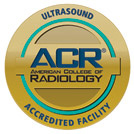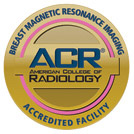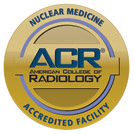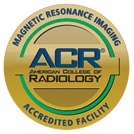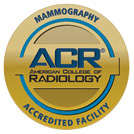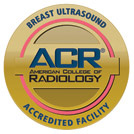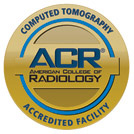Your doctor has asked that you have a drainage tube inserted. This will help answer some of the most common questions.
What does it mean to have a drainage tube inserted?
A drainage tube is inserted into an area of infection, a kidney, or the biliary system. If it is inserted into an area of infection, it is an effort to help reduce the infection and possibly take samples to initiate the correct antibiotic therapy. In a kidney, it will drain the urine if there is an obstruction present. In the biliary system, it drains bile if there is an obstruction present.
Who does the procedure?
A radiologist (x-ray doctor) performs the procedure, with assistance from technologists and a nurse.
What preparation must I take before the exam?
You will not be allowed to have anything to eat or drink four hours prior to the exam. However, you are to take your medications with a sip of water. If possible Coumadin or other medications which thin your blood should not be taken for up to one week ahead.
What do I do on the day of the test?
If you are not already in the hospital on the day of the exam, you will need to come to the hospital at least one hour before the exam. You will be admitted to the SurgiCenter or a Surgical Floor.
What happens during the procedure?
The area of needle insertion will be cleansed with a soap solution. Sterile towels will be placed over you. A local anesthetic will be injected into the site. A hollow needle will be placed into the area. A wire will be inserted into the needle and the needle will be removed. When the wire is in the correct location, a catheter (hollow tube) will be placed over the wire. The wire will be removed and the tube will remain. It will be secured to your skin and a bulky dressing will be applied. The tube may be attached to a drainage bag. This drain may be left in for a period of time. The procedure may be uncomfortable and you will probably have a pressure sensation when the needle/wire/tube is placed. In the event of an obstruction, it may take a while for the radiologist to position the tube beyond the obstruction.
How long does it take?
The entire procedure usually takes about an hour.
What if I have pain during the procedure?
You can be given medications during the exam to reduce your anxiety or pain. Every effort will be made to make you as comfortable as possible.
What will I be able to do following the exam?
You will be instructed how to care for your tube prior to your discharge. We recommend that you rest the first day and gradually increase activity as tolerated. Please keep in mind that your tube may still be present and you will need to protect it from being dislodged, therefore, no strenuous activity is advised.
Are there complications?
The complication rate is relatively low. Very rare complications will be discussed with you by the radiologist prior to your exam.





